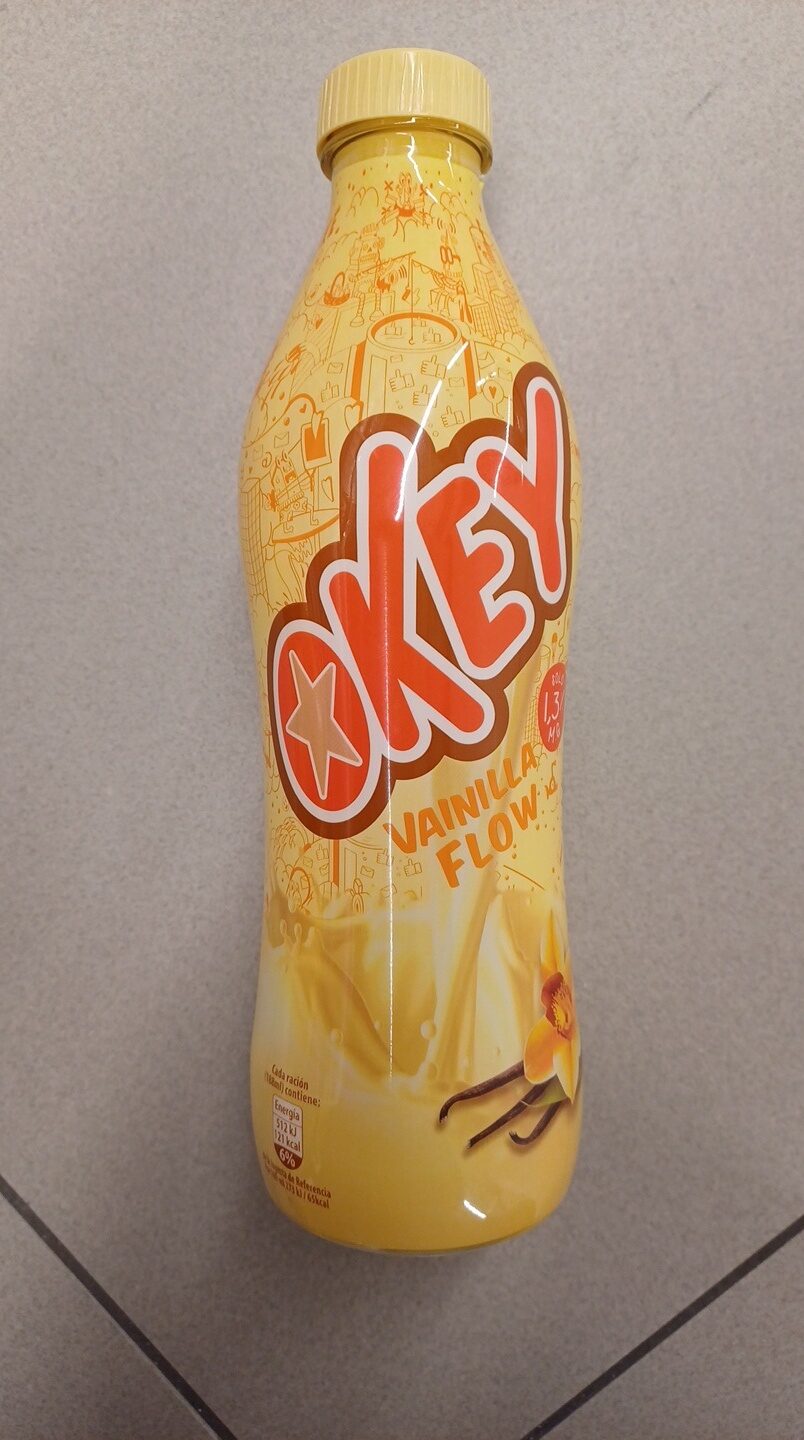Okey
Aquesta pàgina del producte no està completa. Podeu ajudar a completar-la editant-la i afegint-hi més dades a partir de les fotos ja disponibles, o fent-ne més amb l'aplicació de androide o iPhone / iPad. Gràcies!
×
Codi de barres: 8410128191245 (EAN / EAN-13)
Marques: Okey
Categories: en:Beverages and beverages preparations, Begudes, Productes làctics, Aliments fermentats, Productes làctics fermentats, Begudes làcties, Llet aromatitzada, en:Buttermilks
Matching with your preferences
Entorn
Empaquetament
Transport
Report a problem
Fonts de dades
Producte afegit per kiliweb
Última modificació de la pàgina del producte per guezguez-majed.
La pàgina del producte, també editada per allergies-app-chakib, elcoco, foodless, inf, musarana, openfoodfacts-contributors, thaialagata, yuka.Rm9KWk1JNEdoTUZhdk13dnpCYm4vdUo2OXFDcldtbWNkZEF4SUE9PQ, yuka.UklOWUtZb2p2K0JiaThBMXhUT0kvZGhNbXMrWlh6dVRkZlJQSUE9PQ, yuka.sY2b0xO6T85zoF3NwEKvlmEWeYr6qRT4By7vq1aNzdO8HLPXbegsv6fFLqg.









